Search :
AI-Assisted Vision: Recognizing Endometriosis in Real Time
Artificial intelligence (AI) may soon assist surgeons in recognizing endometriosis during minimally invasive surgery. In a proof-of-concept study published in the Journal of Minimally Invasive Gynecology, Netter and collegues evaluated a deep-learning algorithm designed to visually detect endometriosis lesions on…
Key Points Lay SummaryMenstrual Blood–Derived Stem Cells and Diagnostic Advances
Menstrual blood is usually discarded as waste, but recent discoveries show it may hold extraordinary value for women’s health and medicine more broadly. In a review published in Frontiers in Cell and Developmental Biology in 2025, Drs Feng and He from Shanxi Medical…
Key Points Lay SummaryComparing Non-Medical Endometrioma Treatments: Fertility Impact
Endometriomas affect up to 44% of women with the disease and are closely linked to infertility. Choosing the right treatment is important, because different surgical techniques can impact both the chances of pregnancy and the risk of cysts coming back.…
Key Points Lay SummaryFrom Damage to Hope: IVF and Embryo Science in Endometriosis
Endometriosis remains one of the most challenging causes of infertility, affecting women both biologically and emotionally. In a comprehensive review published in Biology, Dr. Monika Mrugacz and colleagues examine how this disease disrupts fertility at every level: from the health…
Key Points Lay SummaryThree Percent of Transgender and Gender Diverse Individuals Have Endiometriosis
Endometriosis affects 3.1% of transgender and gender diverse individuals, according to a new study published in the Journal of Minimally Invasive Gynecology. “This finding differs from previous literature as it reports a lower prevalence compared to cisgender women and to other studies…
Key Points Lay SummaryStudy Points to Polygenic Etiology in Familial Endometriosis
A team of researchers from Italy identified new genes that may be associated with endometriosis. The team analyzed a multi-generational family affected by the disease. Their findings support a polygenic model of the disease, i.e., a model where more than one…
Key Points Lay SummaryBody in Battle: Black Women’s Endometriosis Experience
Black women with endometriosis often face more than physical pain — they encounter years of disbelief, dismissal, and delay before receiving a diagnosis. A new qualitative study published in BMC Women’s Health and led by Dr. Gbemisola D. Rowland explores…
Key Points Lay SummaryFewer Non-White Women Are Referred to a Pelvic Pain Specialist
Black women with endometriosis receive more hormonal treatment, pain medication, and surgical treatment compared to non-Black women, found a new study conducted using data from an integrated health care system. However, the rate of referral to a pelvic pain specialist was…
Key Points Lay SummaryEndometriosis Still Diagnosed Late, Despite National Awareness Efforts
There are still significant delays in the diagosis of moderate and severe endometriosis, particularly among younger patients, despite ongoing efforts by public health authorities to increase awareness of the disease. This conclusion comes from a new study by researchers in France,…
Key Points Lay SummaryHidden Pain: Increased Self-Harm Risk in Endometriosis
Endometriosis challenges both the body and the mind, revealing how chronic inflammation, pain, and delayed recognition can intersect to shape mental health outcomes. Increasing evidence suggests that the biological mechanisms underlying the disease—particularly immune activation and persistent pain signaling—may heighten…
Key Points Lay Summary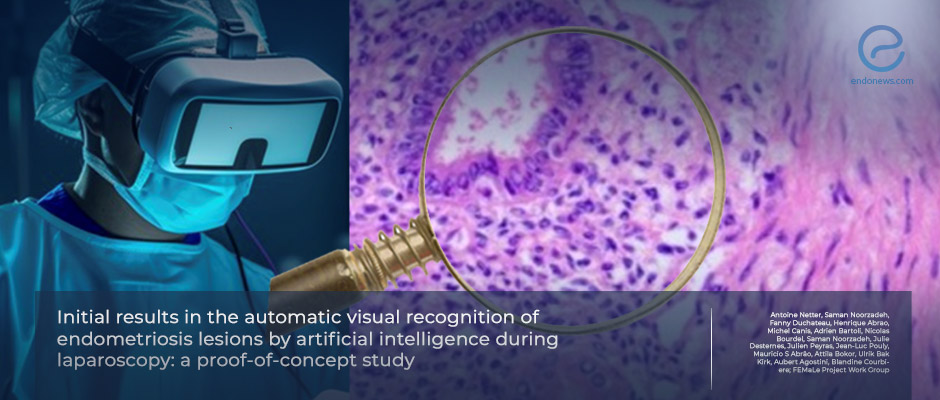
 By Ayse Ayhan
By Ayse Ayhan
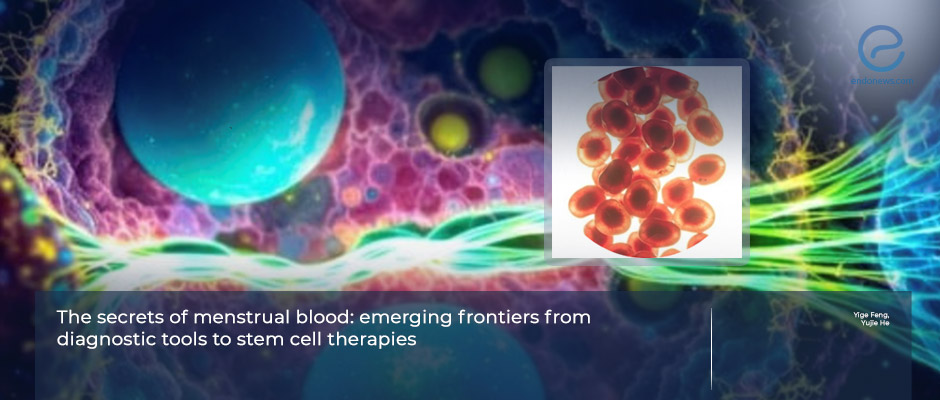
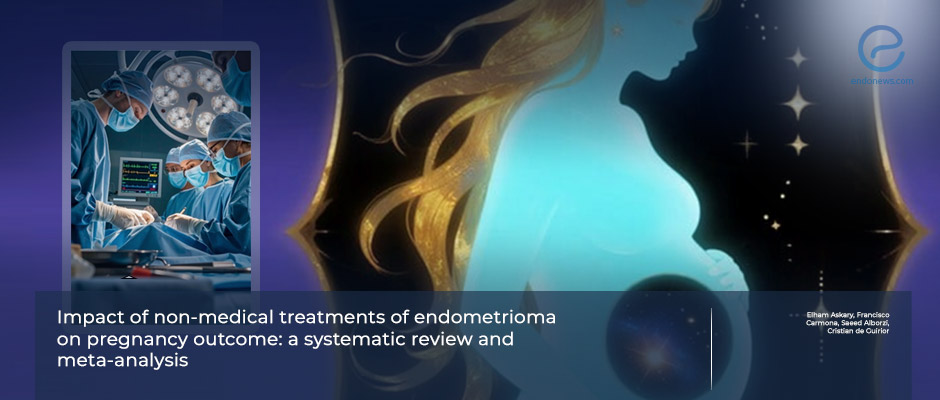
 By Selma Oransay
By Selma Oransay
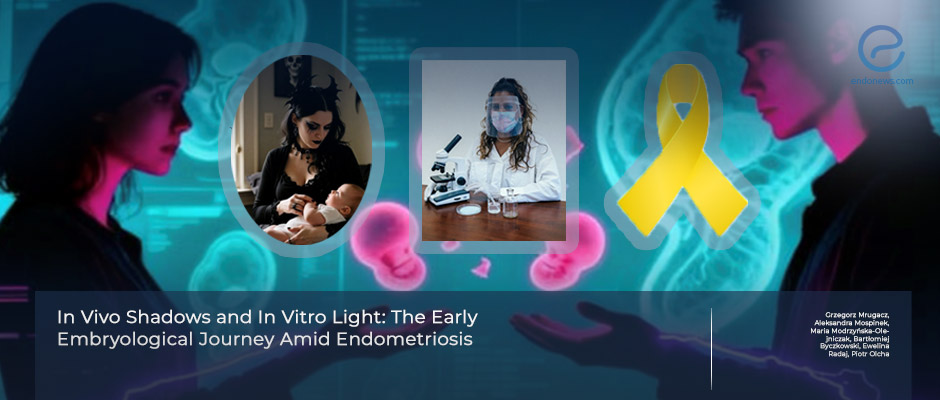
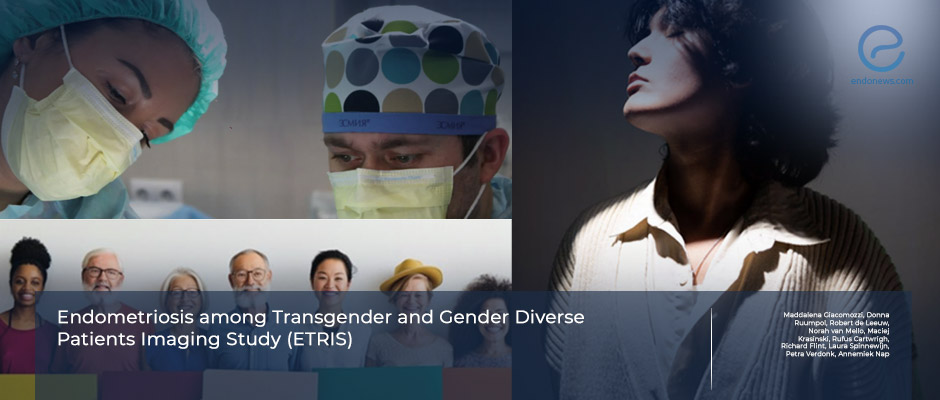
 By Özge Özkaya
By Özge Özkaya
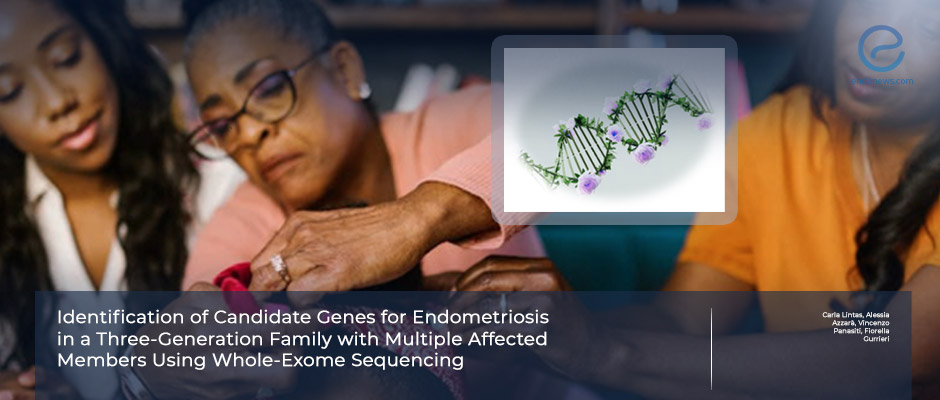

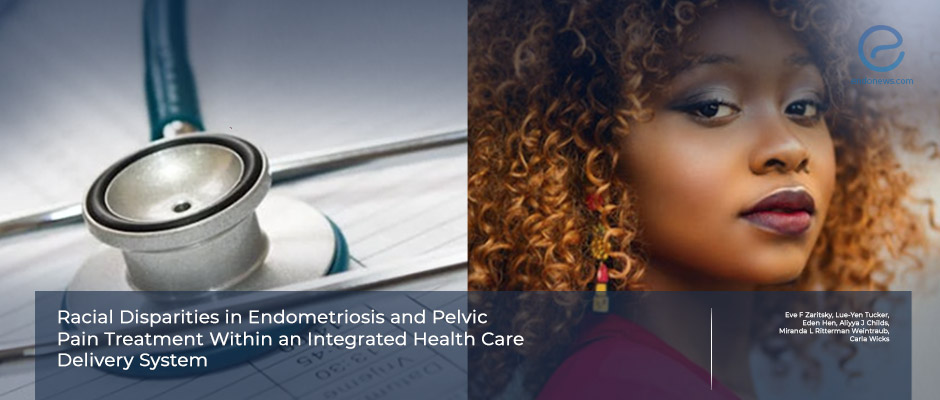
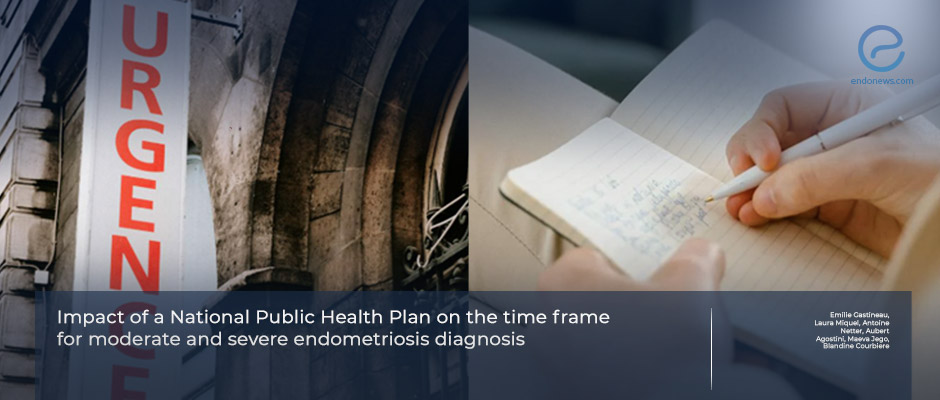
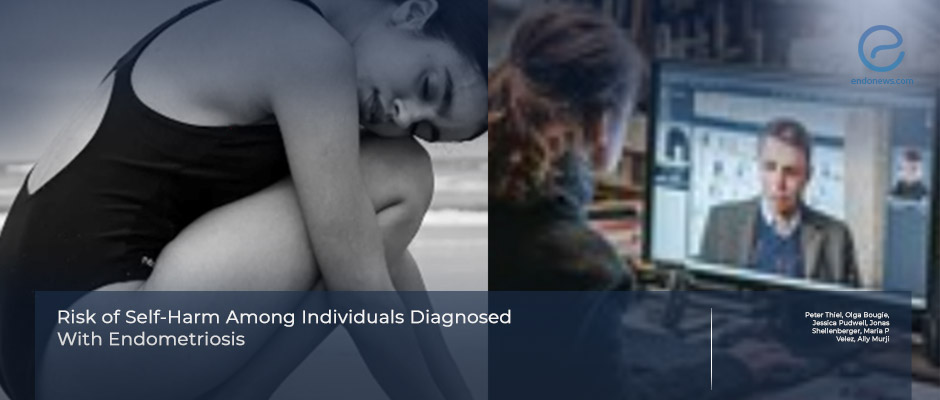
 By Hale Goksever Celik
By Hale Goksever Celik